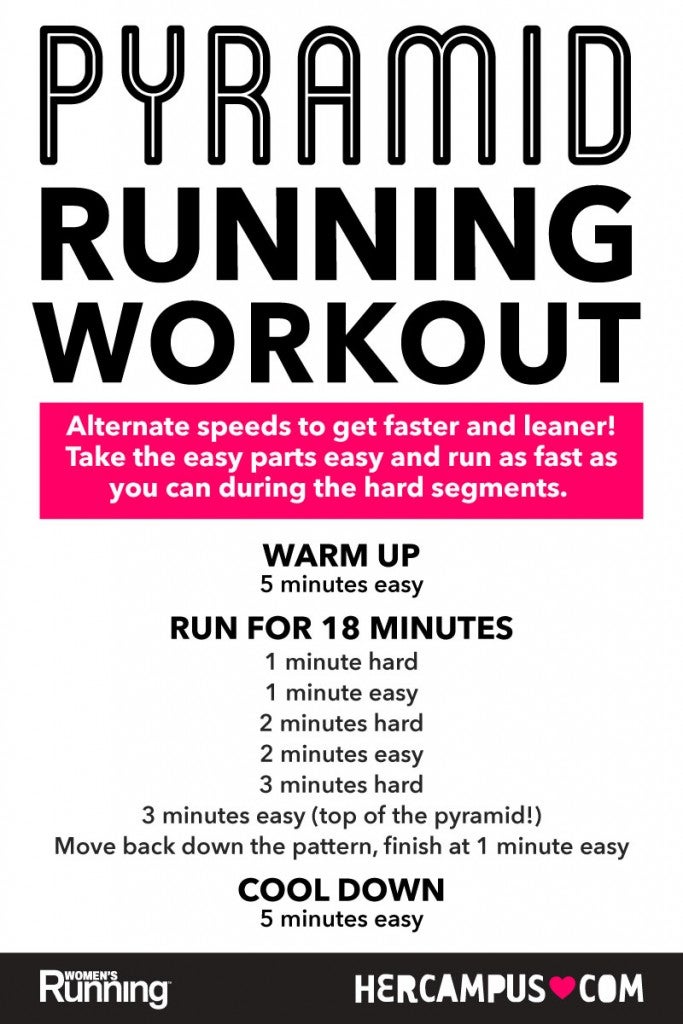The Ultimate Running Strategy Guide: Achieve Your Fitness Goals
The Ultimate Running Strategy Guide: Achieve Your Fitness Goals
Blog Article
Conquering Pain in Operating: Approaches and Strategies That Work
Pain is an usual companion for lots of joggers, often functioning as an obstacle to achieving their preferred goals. With the right methods and strategies, it is feasible to overcome and even protect against the pain associated with running. By exploring various approaches such as recognizing the various kinds of running discomfort, maximizing shoes and kind, including cross-training and stamina workouts, carrying out reliable recovery methods, and maintaining proper nutrition and hydration, joggers can possibly alleviate their discomfort and boost their total running experience.
Comprehending Different Types of Running Pain

One more kind of running pain is joint pain, which can show up as a sharp or achy pain in areas such as the knees, hips, or ankles (running strategy). Joint pain might be created by factors like incorrect running kind, overuse, or underlying problems like arthritis (look at this site). It is necessary to differentiate between muscle mass soreness and joint discomfort, as the latter might require medical interest to stop additional injury
Recognizing the various kinds of running discomfort is critical for reliable administration and prevention strategies to guarantee a safe and enjoyable running experience.
Correct Shoes and Running Form
To optimize performance and lower the danger of running-related injuries, selecting appropriate shoes and keeping appropriate running form are crucial elements for runners of all levels. Appropriate footwear plays a critical function in providing support, padding, stability, and protection for the feet and reduced limbs. It is advised to select running shoes that are particularly designed for the person's foot type, running stride, and the type of running task they take part in. Obtaining fitted for footwear at a specialty running shop can help make certain the best fit and support.
:max_bytes(150000):strip_icc()/effective-30-minute-running-workouts-2911891-0927-70272e09ac83449cadb9f1ce51656c0c.jpg)
Cross-Training and Toughness Workouts
Strength exercises, like squats, lunges, and core exercises, play a critical function in supporting muscles and boosting running performance. They can deal with muscular tissue discrepancies, enhance dexterity, and improve power outcome, all of which are crucial for running performance.
It is important to enable for adequate remainder in between running sessions and cross-training activities to prevent overuse injuries. By including these components right into a running routine, joggers can develop a stronger structure, enhance performance, and delight in a much more lasting running experience - Source.
Healing and Relax Strategies
Having actually established the relevance of cross-training and strength workouts in a detailed running routine, interest can currently be guided in the direction of Recovery and Rest Strategies as important parts for enhancing efficiency and reducing the danger of injuries. (running strategy)
Recovery after running is vital for muscle repair work and development. Strategies such as foam rolling, stretching, and massage aid in reducing muscle mass soreness and enhancing adaptability. Ample rest between runs enables the body to recoup and adjust to the physical stress, stopping overuse injuries.
Including energetic recovery days into a training routine, where low-intensity activities like strolling or biking are executed, can boost blood circulation and promote healing without putting excess stress on the muscle mass. Furthermore, appropriate hydration and nourishment play an essential duty in the recovery process by replenishing lost fluids and nutrients.
Quality sleep is another important aspect of recovery that ought to not be neglected. During sleep, the body undergoes repair work and regeneration processes, contributing to overall physical and psychological health. By focusing on recuperation and remainder methods, runners can preserve optimal performance degrees and lower the chance of experiencing discomfort or injuries.
Nutrition and Hydration for Runners
Exactly how can runners optimize their efficiency with appropriate nutrition and hydration practices? Nutrition and hydration are vital aspects of a jogger's training program, playing a vital function in performance, endurance, and recuperation. To boost efficiency, runners should concentrate on eating a well-balanced diet that consists of carbs, proteins, healthy and balanced fats, vitamins, and minerals. Carbs offer energy for running, while healthy proteins aid in muscle fixing and healing. Healthy fats sustain general health and aid in taking in essential nutrients. Ample hydration is likewise necessary to keep ideal efficiency, as even mild dehydration can adversely impact running excellent idea efficiency. Runners must drink water prior to, during, and after their go to stay hydrated. Electrolytes, such as salt and potassium, are also crucial for maintaining liquid balance and muscle mass feature - running workout. In addition, timing meals and treats appropriately prior to runs can aid stop stomach discomfort and give the necessary power for peak efficiency. By taking notice of their nourishment and hydration, runners can enhance their endurance, quicken recovery, and do at their ideal.
Conclusion
In final thought, by comprehending the numerous kinds of running discomfort, wearing proper footwear, maintaining correct running form, incorporating cross-training and strength exercises, prioritizing healing and remainder, and concentrating on nourishment and hydration, runners can properly get over pain and improve their performance. Applying these approaches and strategies can assist joggers protect against injuries, boost their endurance, and ultimately take pleasure in a much more meeting running experience.
Report this page